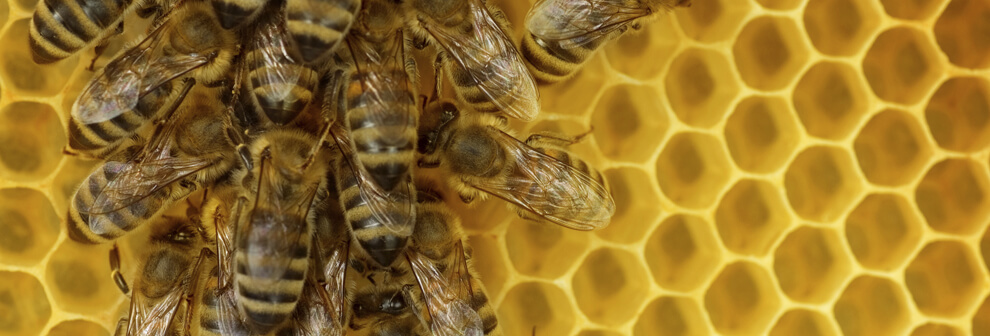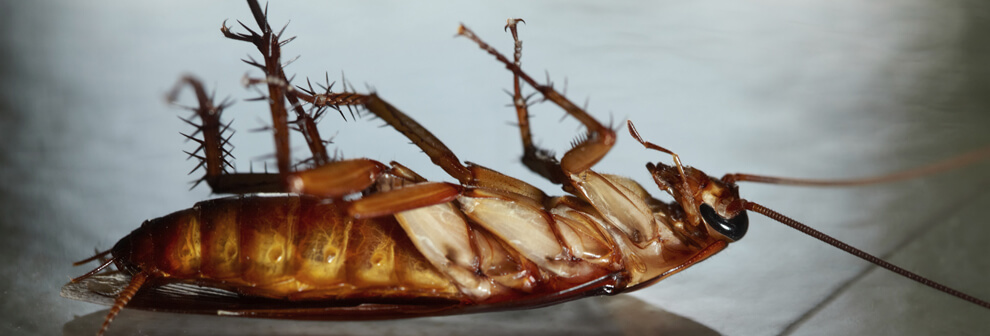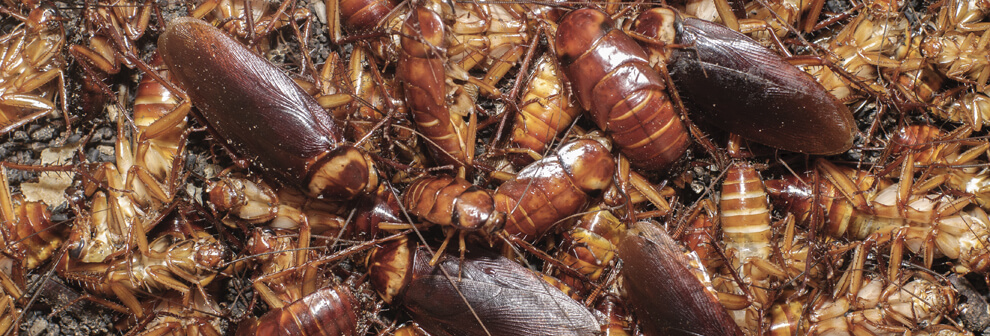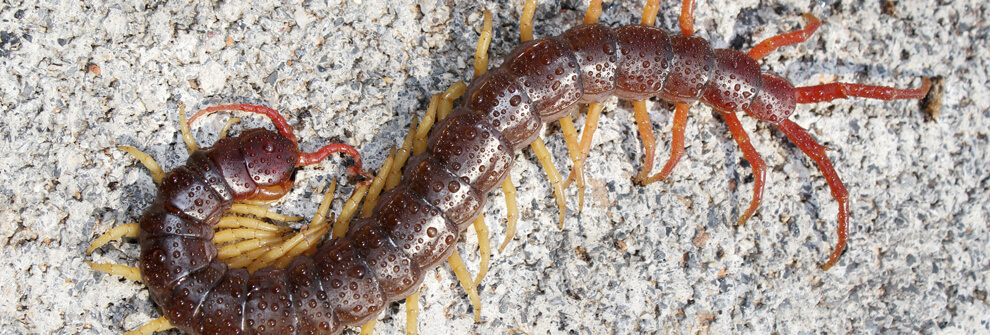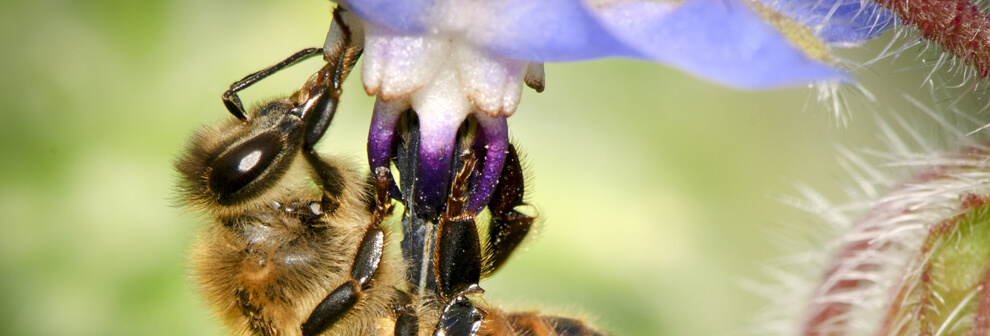Identification
For proper Wasp Pest Control it is important to identify their species. They are 1/2-inch to 3/4-inch long with orange or yellow markings and long legs that hang down as they fly about. Most wasps have a narrow, pinched waist and a spindle-shaped abdomen with a stinger.
Paper wasp nests are open, resembling an inverted umbrella. The nests face downward and, unlike the nests of yellow jackets and hornets, are not enclosed in a paper envelope. These nests may be found hanging from the bottom of the soffit or eave of your home.
Wasps are active from early spring to late summer. Unlike yellow jackets and honeybees there is no worker caste. Each Female wasp is potentially a queen. The one female wasp that becomes dominant assumes the role of queen and is cared for by the others. The subordinate wasps also search for food and care for the wasp larvae. Paper wasp colonies are small, usually fewer than 200 wasps per nest.
In most cases, colonies endure only for a single season; most of the colony members die with the onset of winter. The colony will produce what is called over wintering queens which mate and take refuge in protected places, including attics, soffits and chimneys, during the winter months. In the spring these queens find a suitable site and begin building new nests. This habit in particular generates a lot of issues for humans when these wasps decided to shelter in your home or attic.
When the wasps become active as the weather warms they may end up in the living space after becoming disoriented and not being able to gain access to the outside of your home. Most Georgians call us wanting the nest to be removed, during this period there is no actual nest to be removed, maybe a few older nests will be found during the inspection but the active nests have not yet materialized for the coming season.
Damage They Cause
Wasps typically do not cause physical damage to structures. Wasps become a problem only when they threaten to sting humans. Damage may be emotional stress from fear of these stings. Hundreds of people in the United States die each year from allergic reactions to the venom of these insects.
Wasp Control & Wasp Removal in Atlanta, Georgia
Commercial wasp and hornet aerosols are available to the public for treating wasp nests. These aerosols must be applied directly to the nest, not to individual wasps. These aerosols are excellent for treating nests that are easily accessible. Many of these contain pyrethroids. In addition, some contain a “freezing” agent that stuns the wasps to prevent them from flying and stinging. Be very careful if you decide to use one of these and be certain to follow the directions.
As for a nest in a hard to reach location, these aerosols are not always the best solution to the problem. If a wasp nest is three stories high and requires the use of a ladder, you may want to contact a professional bee removal company, such as Urban Wildlife Control, to handle the wasp removal. As mentioned above, another common problem for greater Atlanta residence is wasps entering the living space via the chimney, attic, etc. typically during the Fall and early Spring months as these wasps either seek out shelter for the coming Winter or emerge in the Spring to begin the new season.
Usually the treatment process requires access to the chimney, soffit, eave, gables and any other suspect area that may be found during the initial inspection of the property. Our wasp exterminators are outfitted with very specialized equipment that is only used for wasp and bee control. After we make the assessment we will treat all areas needed to help eliminate a pesky wasp issue.
If you have a problem with wasps and the nest location is not known or inaccessible with standard aerosols, using a professional Wasp Pest Control company may be your only option. Don’t let your wallet get stung by the competition, contact Urban Wildlife Control today! We are fully equipped and have the correct license and insurance to provide you with effective wasp pest control.

